Infected Tail Pocket Treatment

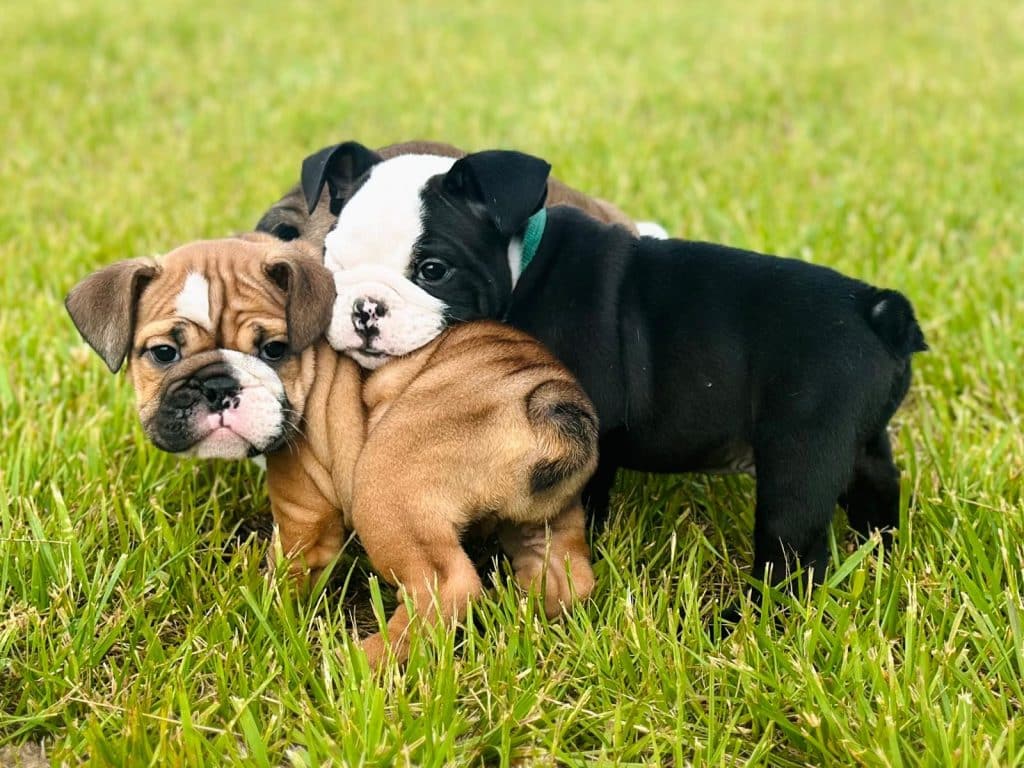
Infected Tail Pocket Treatment for Bulldogs
Those cute wrinkles on your Bulldog’s face make you want to snuggle with them forever. But as a Bulldog owner, you also need to be on the lookout for their health, especially when it comes to the tail pocket, a common trouble spot. We at Bruiser have many goals, but our most important ones are healthy Bulldogs and happy pet parents!
An infected tail pocket in Bulldogs is more than just a simple problem. It can lead to serious problems if not treated immediately and with the right treatments. When the tail blocks the anus, it creates an environment where infections can have a party.
In this article, you will learn what an infected tail pocket is, explore various treatment options, and provide essential tips for preventing infections. By understanding how to care for your Bulldog’s tail pocket, you can help ensure they stay healthy and happy!
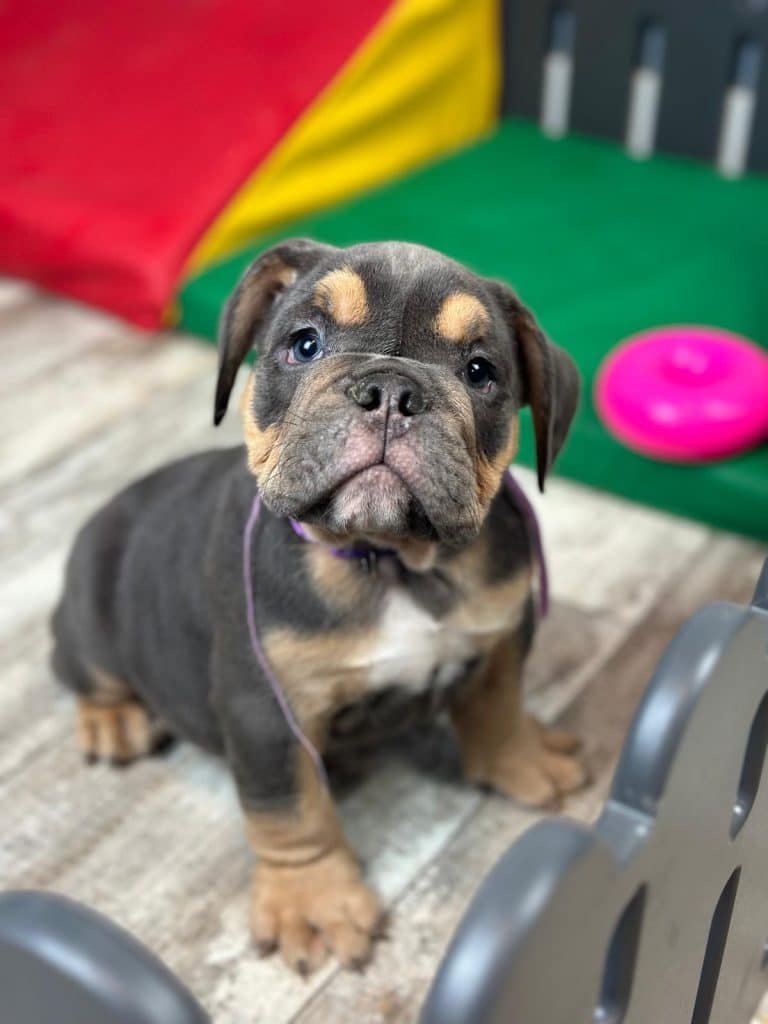
What is the Relation Between Wrinkly Dogs and a Tail Pocket?
In this world, there are many breeds that can be classified as Wrinkly Dogs. And guess what? Bruiser’s Bulldogs are one of them.
In simple words, Bulldogs have shorter tails, and they gain weight. Then, the fat overgrows the little tail, and it creates the tail pocket. Here starts everything!
Now, let’s complicate things a bit!
Screw tail or tail pocket is a malformation that happens in one of the several vertebrae in the dog’s tail. It is common in other dog breeds like Pugs, French Bulldogs, and even Manx tails. We will take the Bulldogs as the perfect example for a screw tail.
You might find this condition under other names including corkscrew tail, tail full dermatitis, ingrown tail, or tail fold intertrigo. In other words, all of this represents the same thing and causes the same or almost the same “headache” to all the Bulldog owners.
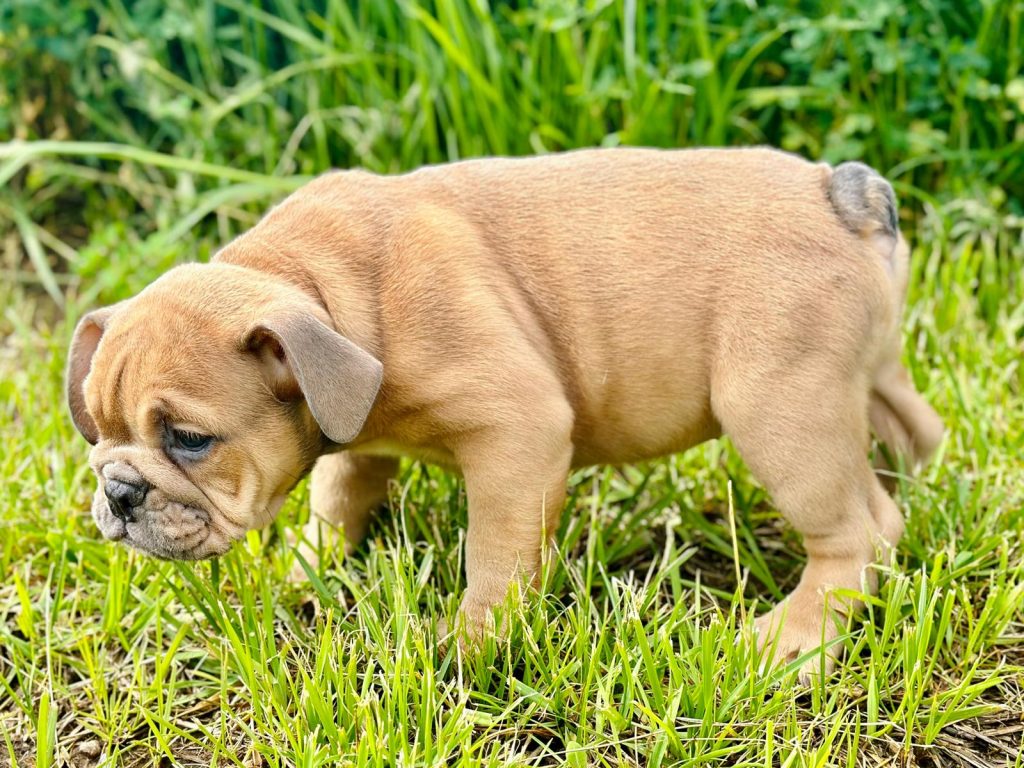
No matter how cute a curly pig-like tail looks, it can cause a lot of trouble to all Bulldogs. This condition usually occurs because the curly tail gets jabbed into the butt area and leads to a skin infection. Each tail pocket infection is different and mainly depends on these two things:
- How deep the screw tail goes into their sacrum area creating a pocket
- How much the screw tail covers the anus (this blocks the anus and the poop from coming out, but it also obstructs the anal glands from natural expression).
This is very painful, and itchy, and traps moisture. Oh, and let’s not forget that sometimes tail pocket infections cause a terrible smell. Yes, it can be difficult to breathe around them, we guarantee you!
However, not all Bulldogs have a tail pocket, and this fact can sometimes make it more difficult to see if your pup has one while it is still in its young years. That is why infected tail pockets can become a big problem because many owners don’t notice their dog has one until it is too late. It is extremely hard to notice, especially if you are a first-time dog owner.
But, at Bruiser Bulldogs besides being focused on creating the healthiest possible version of Bulldogs, we are also keen to help the pet parents in everything related to their Bulldogs!
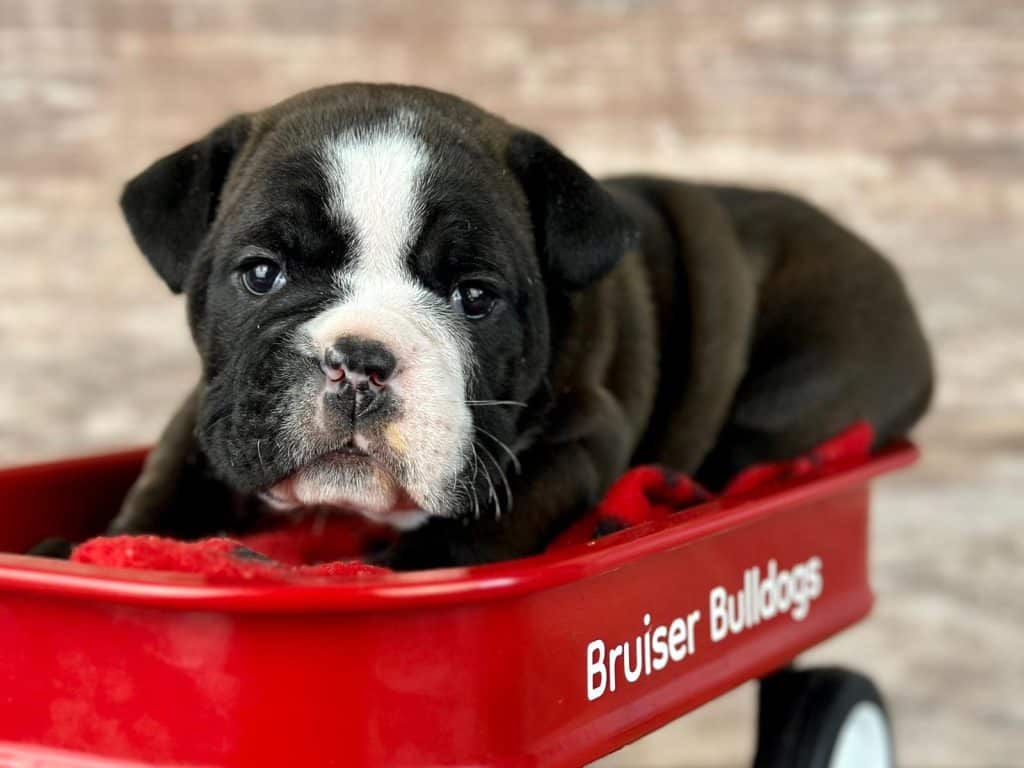
Why Are Wrinkly Dogs Prone to Infected Tail Pockets?
All wrinkly dogs, especially Bulldogs are immensely prone to infected tail pockets because of several factors, one of the main reasons being their anatomy and their unique skin characteristics. Here are the main reasons why your wrinkly dog has an infected tail pocket:
- Accumulation of Debris: Due to the anatomy of a wrinkly dog, tail pockets are prone to collecting dirt and debris, especially when your dog is outside on a stroll.
- Constant Moisture due to Poor Ventilation: Due tov a tail pocket full of folds, moisture gets trapped without any way to escape.Tail pockets restrict airflow, preventing the area from drying properly.
- Blocked Anus: The tail can block the anus, causing poor hygiene. The fecal matter gets trapped, and it creates the perfect environment for infection to breed. It can even lead to fecal incontinence.
- Friction and Irritation: The skin in the tail pocket area can rub against itself or other surfaces, which causes irritation and small abrasions. They are small injuries, but they are the perfect entry point for infections.
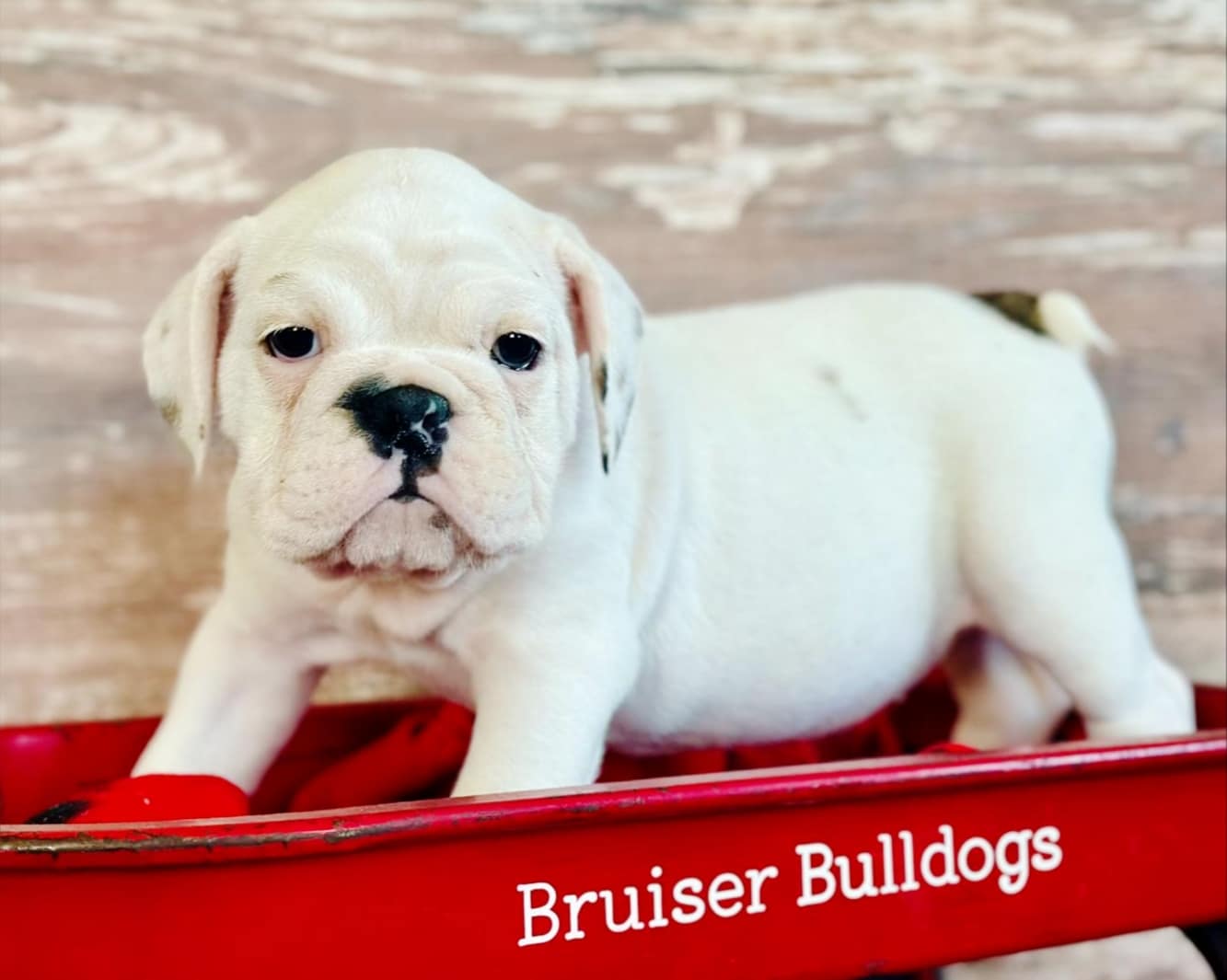
New Litter Updates
Be the first to know about new litters and puppy pictures. Subscribe now!

How to Clean the Tail Pocket
Even if you wipe it regularly, it is essential that you take other preventive measures to clean your bulldog’s tail pocket, otherwise infection is prone to set in. This can be painful for both you and your furry friend. Here is a step-by-step on how to clean the tail pocket effectively:
Step 1: Take supplies
Wipes alone aren’t going to do it, so you need to gather extra supplies to disinfect the tail pocket and prevent it from becoming infected. You will need:
- Gloves: This is a “MUST”. Tail pocket infections are very often full of bacteria or fungal infections, and this is a potential hazard for humans too.
- Dog-safe wipes: Keep an eye out for the ones that are free from harsh chemicals and fragrances.
- Dry cloth or a cotton ball: To prevent any moisture trap which if left behind can lead to a multitude of even more problems.
Step 2: Prepare your Bulldog
Nobody likes being touched at random and our dogs are no different. So to ensure that your dog is calm, be in a calm environment so your bulldog can be relaxed and comfortable. If you feel that your dog can make any sudden movements, gently restrain it so that you can limit any kind of obstruction that can prevent you from cleaning its tail pocket thoroughly.
Positive reinforcement methods can also help. Get some treats or toys to entertain them during the cleaning. If you notice that your dog is too stressed, then pause and continue when the dog calms down.
Step 3: The entire cleaning process
It might be a source of stress that you need to touch your bulldog’s tail pocket, but this is very necessary for you to do in order to prevent an infected tail pocket.
- Inspect the area: Before the very start of the cleaning process, take a look for any signs of redness, swelling, or a discharge that might point to an infection. If anything is unusual, please call us for help.
- Wipe the Tail Pocket: Gently lift your bulldog’s tail, and use a dog-safe wipe. Be as thorough and gentle as possible.
- Antiseptic solution: You can apply a mild antiseptic solution to the area with a clean cloth or a cotton ball.
- Dry thoroughly: After you end the cleaning, look to see if the tail pocket is 100% dry. If you notice something moist, use a clean towel with a patting motion. Keep doing that until everything is dry, being as gentle as possible.
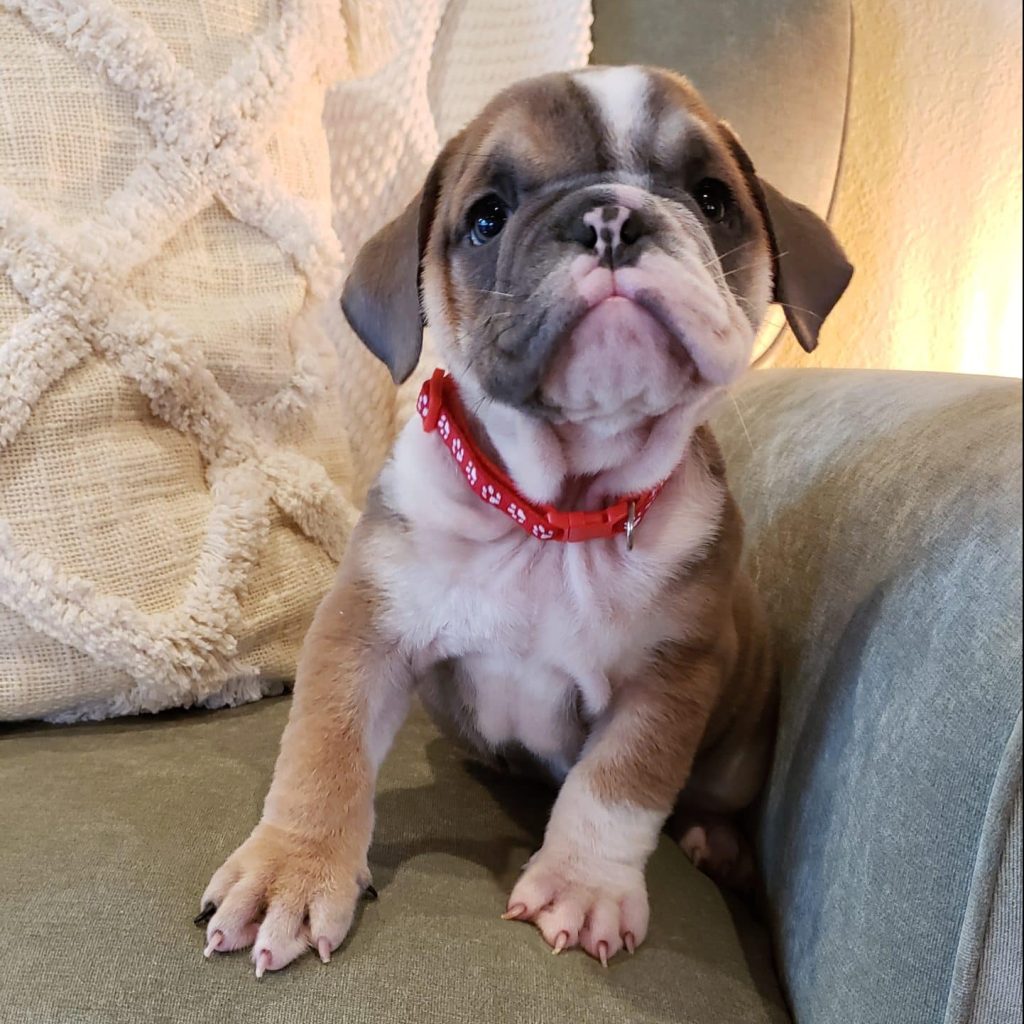
Is There a way to Prevent an Infected Tail Pocket?
Yes, there is. Preventing an infected tail pocket in Bulldogs involves regular care and attention to hygiene. By taking the extra steps above, you can sleep well knowing that your Bulldog’s tail pocket is healthy and infection-free at all times.
Regular cleaning, thorough drying, and close monitoring of the area will keep an infected tail pocket in the past.
Antibiotics and aseptic wipes can help but moisture can still get trapped creating the perfect base for some serious bacterial or yeast infections.
Surgical removal is a last resort option, but during the procedure, the veterinarian needs to remove an exact amount of skin. However, there is a possibility that the Bulldog will scoot on the floor which might lead to postoperative complications. But there is some good news as well. The Bulldog is usually unable to turn around and lick the tail, so there is no need to wear an e-collar.
You and your dog won’t have any problems if the surgeon is experienced. The chances of destroying the vital parts around the anal area are minimal, so the chances of fecal incontinence are low. A successful surgical procedure will relieve you from unnecessary headaches and vet visits, and your dog can finally get some rest from corticosteroids and antibiotics.
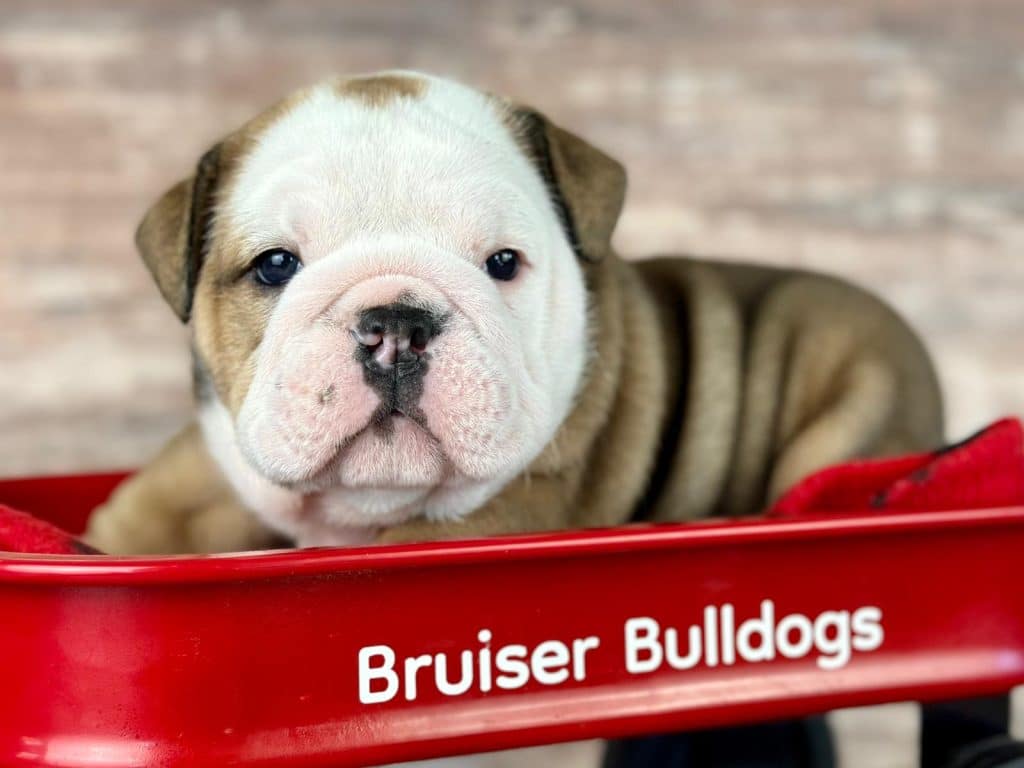
What Does Science say About Infected Tail Pockets?
Science always has something to say, and according to studies, a corkscrew-shaped tail leads to abnormally shaped bones in the spine (hemivertebrae) and leads to many complications. It can lead to spine instabilities and increased compression of the spinal cord nerves. This can lead to severe pain, ataxia, and loss of hind leg function. In some severe cases, the musculature around the anal area can be damaged, and incontinence can also occur. The condition of hemivertebrae can definitely be identified by X-ray examination.
Infected tail pockets are most commonly found in English Bulldogs, French Bulldogs, Pugs, and Boston Terriers due to their anatomy. Caudectomy is the safest choice, and the choice of most, after many treatments have failed to show good signs in treating the infected tail pocket in wrinkly breeds. If the vital structures are not damaged after the surgery, the chances of post-operative complications are minimal. Generally, the owner’s satisfaction after this procedure is very high.
What Other Dog Breeds Are Prone to Infected Tail Pockets?
Bulldogs are the ones that are widely connected to tail pocket infections, but there are other breeds that have the same type of problem regularly. But what breeds are they? Here are other breeds that are prone to getting infected tail pockets:
- French Bulldogs
Just like their English counterparts, the French Bulldogs also have wrinkled skin and a tightly curled tail. And we all know this leads to forming tail pockets.
- Pugs
These adorable balls have very characteristic wrinkly skin and a curled tail. Both of these traits can create an environment that is perfect for infected tail pockets.
- Boston Terriers
Built similarly to Bulldogs and Pugs, Boston Terriers have the potential to develop tail pockets. Since they are a compact size and have tightly curled tails, they can develop some hygiene challenges, leading to infected tail pockets.
- Boxers
Not as commonly affected as the Bulldogs and Pugs, but Boxers will have a chance of getting infected tail pockets, especially around the tail base.
- American Bulldogs
French, English, and now, American Bulldogs. They also, just like their cousins, have wrinkles and folds all over their small bodies. This also includes the tail area. The folds can trap moisture and debris, which makes them prone to all sorts of skin infections, such as infected tail pockets.
To Sum Up: Is Infected Tail Pocket Life-threatening for Bulldogs?
Generally, the infected tail pocket is not life-threatening for bulldogs. However, if you leave it untreated, it can lead to severe complications that can turn into significant health risks. Regular inspections for any signs of infection, like redness, swelling discharge, or a foul smell, are extremely important for early detection. If you see anything out of the ordinary, seek veterinary care, and follow the vet’s treatment to every small detail.
So, regular check-ups and preventive measures, like a healthy diet, weight and keeping the tail are dry, can protect your Bulldogs from any kind of infections that impact their quality of life.

